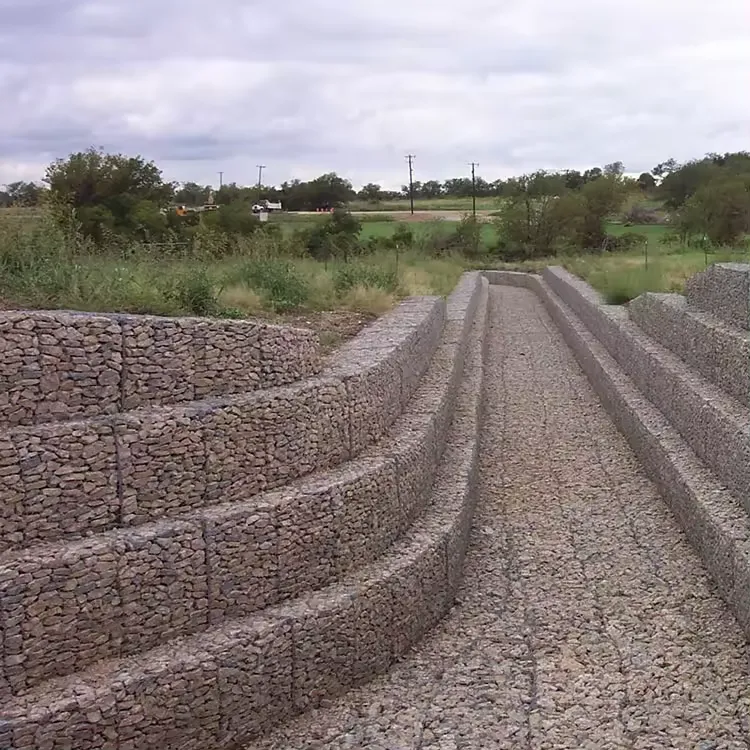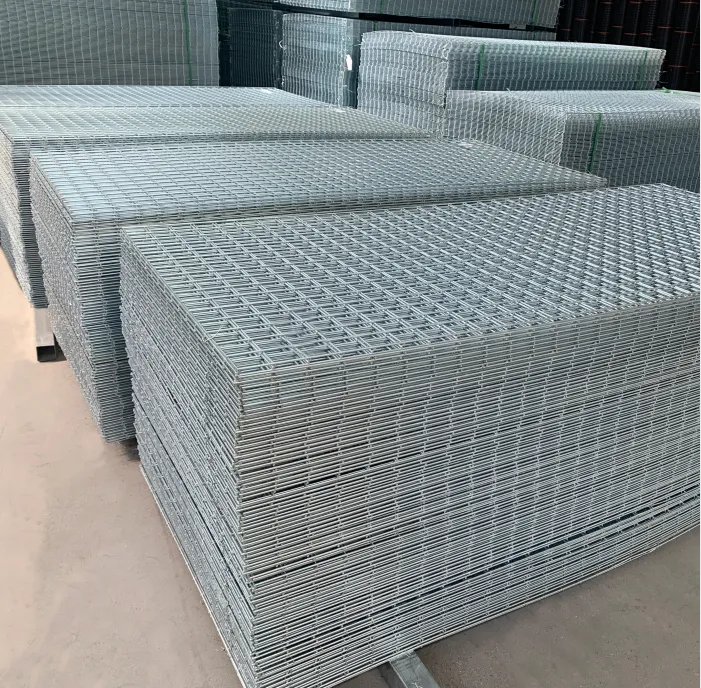Building a cattle fence is not just a matter of placing a few posts and stretching some wire across the countryside. It is an art and a science that requires a careful balancing act between cost, durability, and ease of maintenance. As someone with years of hands-on experience in this domain, I can assure you that the right fencing solution can make a substantial difference in cattle management.

The first step in the process is selecting the appropriate fencing materials. There are several options available, but not all are suitable for every situation. Common materials include wood, barbed wire, woven wire, and electric fencing. Each of these materials carries its pros and cons. For instance, wood provides a sturdy and long-lasting barrier but requires a higher upfront cost and maintenance. Barbed wire is economical but may not be as effective in keeping cattle contained as woven wire, which provides both a physical and a psychological barrier. On the cutting edge, electric fencing offers a high-tech solution, but it needs a consistent power source and regular upkeep.
The next crucial aspect is the layout and design of the fence. Understanding cattle behavior is pivotal; cattle are creatures of habit and will often follow the same paths. Designing the fence to guide cattle efficiently can greatly reduce the wear and tear on fencing materials. Experts suggest a minimum height of 54 inches to prevent cattle from jumping over the fence. Additionally, ensuring that the bottom wire or board is not less than 16 inches from the ground is essential to prevent cattle from pushing underneath.

One of the often overlooked but highly significant factors in cattle fence construction is the terrain.
Variations in terrain can complicate the construction process. For uneven landscapes, flexible fencing materials like high-tensile wire are recommended. This wire can stretch and adjust to changes in the land without losing its effectiveness. For expert-level installations, contour fencing methods can be employed, allowing fences to follow the natural lines of the land, reducing stress on the materials and maintaining integrity over time.
cattle fence construction
The durability of the fencing structure is imperative. Fence posts serve as the backbone of any cattle fence. They must be anchored deeply enough to withstand the pressure exerted by the cattle. Wooden posts generally require treatment to prevent rotting, whereas steel and composite posts may offer longer lifetimes with minimal maintenance. Depending on the material, proper coating or galvanization can enhance their durability against the elements.
At this point, integrating technology could advance the functionality of the traditional cattle fencing system. Modern farms use solar-powered electric fences and employ GPS and RFIDs to monitor cattle movement. As an authoritative voice in the field, I recommend integrating telemetry systems with the fencing infrastructure. These systems can provide real-time data to help manage livestock efficiently but do come with an increased initial investment.
Finally, regulatory considerations must not be overlooked. Many regions have strict guidelines regarding livestock barriers to protect both humans and animals. Ensuring your cattle fence adheres to local laws is critical to avoid legal challenges. Consulting with a legal expert or an agricultural extension officer could provide guidance and prevent future setbacks.
In conclusion, cattle fence construction is a multifaceted discipline requiring a balance of experience, expertise, authoritativeness, and trustworthiness. The best product solutions arise from understanding material science, cattle behavior, terrain considerations, and leveraging modern technology to cater to specific needs. Investing in high-quality materials, sound design principles, and adhering to regulations not only ensures the safety and containment of cattle but also contributes to the operational efficiency and profitability of a cattle farm.
























